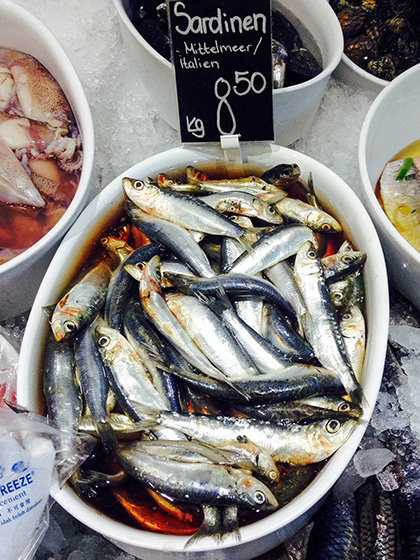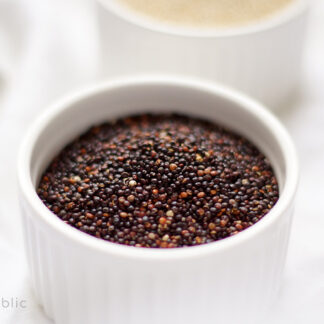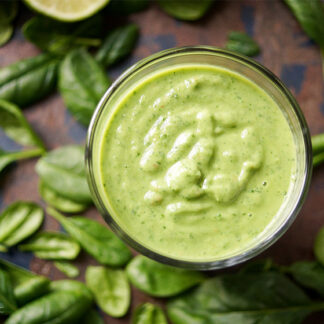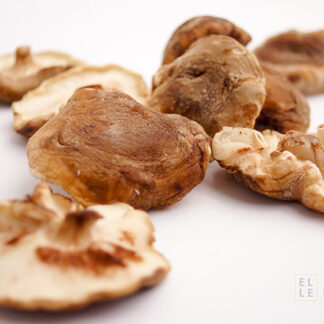
Ever wonder what the difference between a sardine and an anchovy is? Although many people think that sardine is just another name for anchovy, guess what? It’s actually not the case.
Sardines vs Anchovies — let’s take a look
Anchovies and sardines are two different fish species, from two different fish families. Though, they do share some similar traits — both are small, silvery and available fresh, preserved or tinned…and both have that sensational fifth taste element known as umami, what I like to call “anchovy magic” – that’s the mmm-inducing flavor that anchovies contribute to well-loved caesar salad.
Though, despite the similarities there are some basic differences. Here’s a brief overview of how sardines vs anchovies stack up:
SARDINES (German: Heringe/Sardinen) Sardines take their name from the Italian island of Sardinia, but the name itself is an imprecise term for any number of small, silvery saltwater fish related to the herring; sardines themselves being a type of herring. Found in the northeastern Atlantic and Mediterranean waters, they are caught between June and November and are distinguished by their dark round spots and slightly protruding lower jaw. You can generally expect any “sardine” to be an average of 12-20 cm long.
Larger sardines can be eaten fresh, gutted with the head removed, roasted in the oven, or grilled, filleted and marinated. They are often available salted and smoked or tinned in oil or sauce.
ANCHOVIES (German: Sardellen) Anchovies on the other hand are both smaller and slimmer. They are distinguished by their protruding snout, large eyes and the blue, green or greyish tinge on their back. Most of the 140 species are less than 15 cm long and they can be found year-round throughout much of Europe —as far north as Norway, but mainly in the Mediterranean and off the Atlantic coast of Portugal, Spain and France.
Anchovies flesh is darker and has a intenser flavor than that of a sardine. They are often sold preserved, whole, filleted or rolled, salt-cured, or oil-packed. Here in Europe, marinated fresh anchovies are eaten frequently and can be found in Spanish, Greek and Italian markets, or served in restaurants, my favorite being in the form of Spanish tapas called “boquerones” where anchovy fillets are served marinated in a mixture of olive oil, vinegar and herbs or also delicious, served whole, crispy, fried in oil and with a wedge of fresh lemon.
Both sardines and anchovies are considered a healthy dietary choice as they are low in mercury and high in omega-3 fatty acids and protein. They are also packed with other nutrients, including potassium, iron, phosphorus, protein and B vitamins and are an excellent source of DMAE, a compound that is linked to enhancing mood and brain function.
Personally, I love anchovies (over sardines) because of their powerful punch and the unbeatable savoriness they pack when used in recipes. Go ahead and eat them straight up on a cracker with a dab of hot sauce, use them to gussy up a pizza margherita, or to pimp up a simple pasta sauce by adding a few chopped up anchovies.
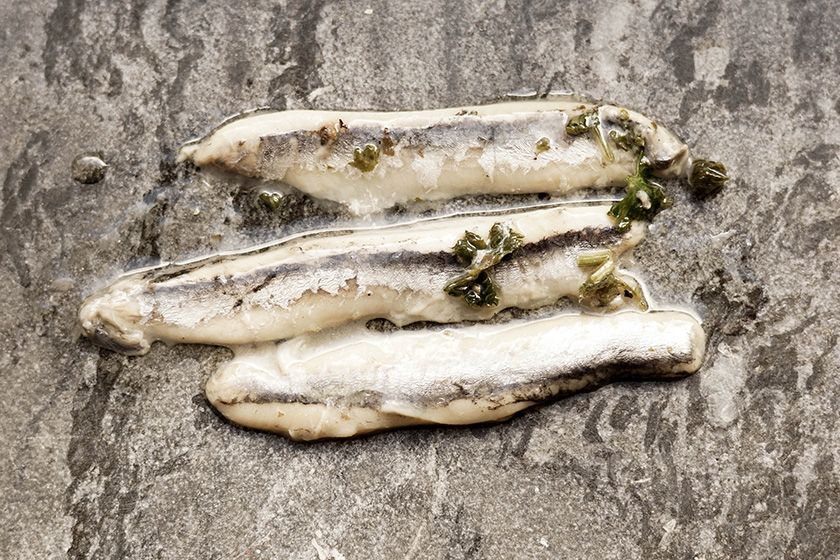
They also can be used to add a little sass to a simple salad dressing: just blend together 12 oil-packed anchovies, 4 tablespoons extra-virgin olive oil, a handful chopped flat-leaf parsley, 2 tablespoons lemon juice and a little sea salt and freshly ground black. Enjoy!


